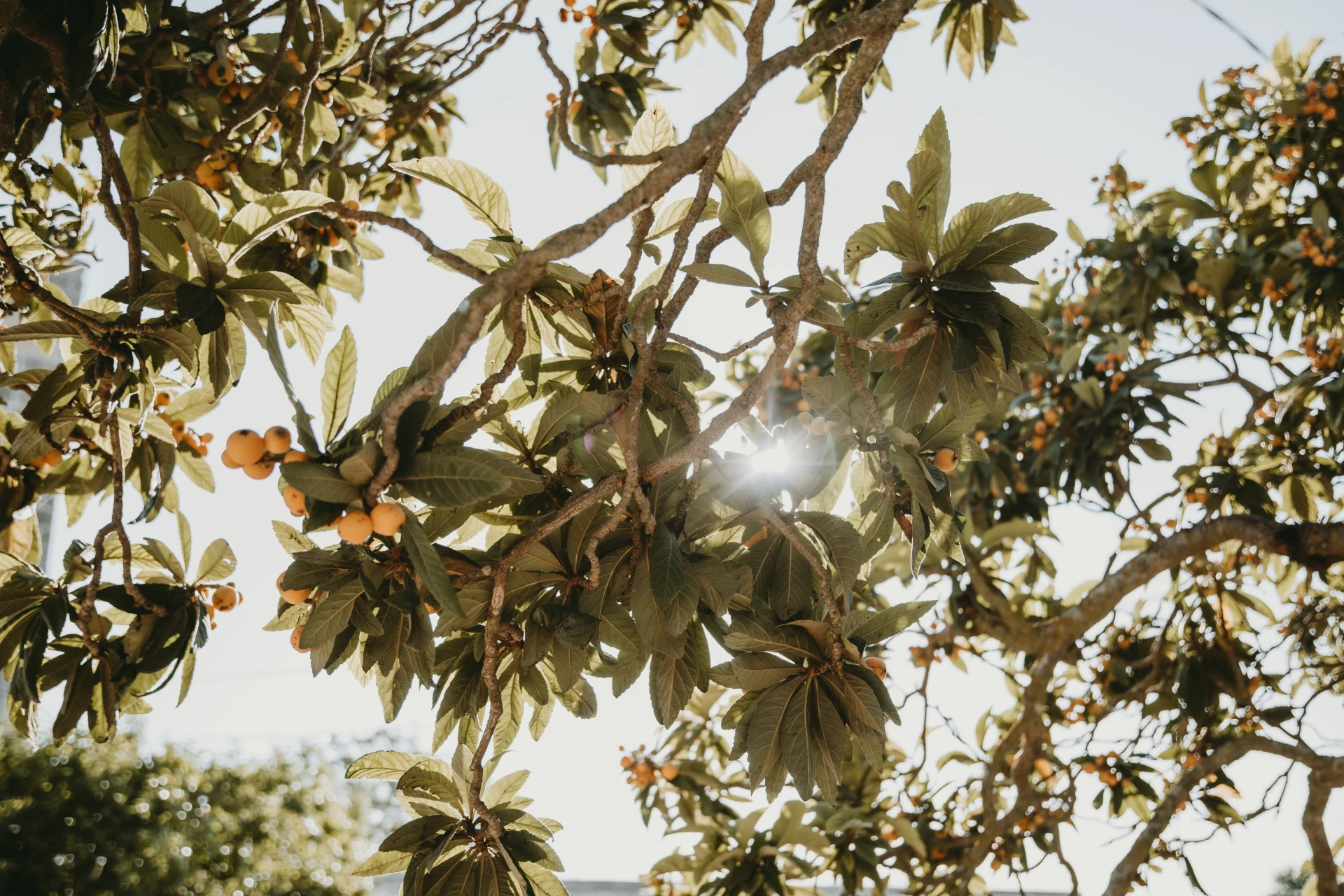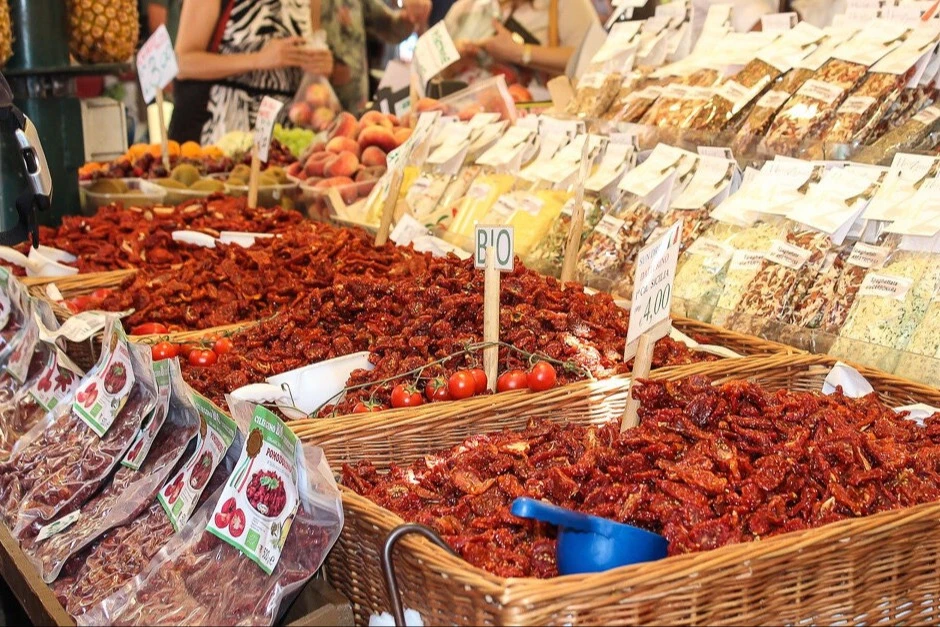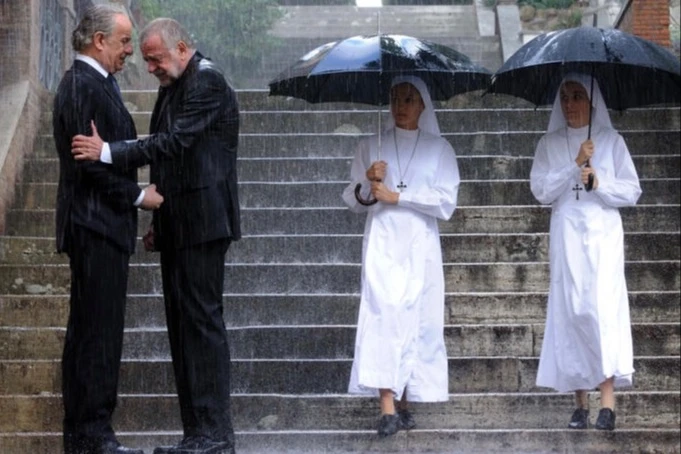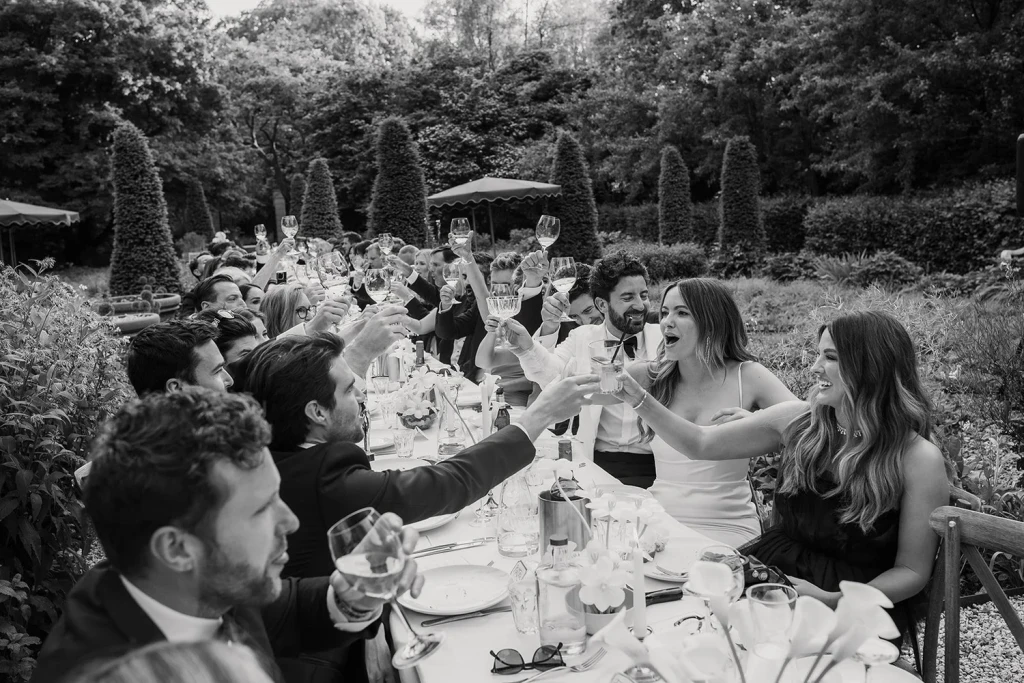Restoring Time in Salento
In the golden light of southern Puglia, just inland from the better-known beaches of the Ionian coast, a quiet revolution is unfolding. It’s not driven by trend forecasts or boutique hotel launches, though those are part of the story. It’s something more personal, more enduring — a slow, thoughtful restoration of a town’s memory, one palazzo at a time.
The town is Nardò, and the man behind this movement is Antonello Rizzello, a native son who returned after years in Paris to reclaim the past — not out of nostalgia, but to give it a future.
“I didn’t come back to change Nardò,” he says, “but to live inside it. To listen to what was already here.”
That quiet ethos underpins the Salentum Heritage Collection, a growing group of nine historic properties — from crumbling noble villas with citrus-scented courtyards to former monasteries turned guest houses — that Antonello has restored with the help of his family and a small network of local artisans. Some are now boutique hotels; others private villas. All of them share a commitment to the land, its history, and a slower rhythm of travel.
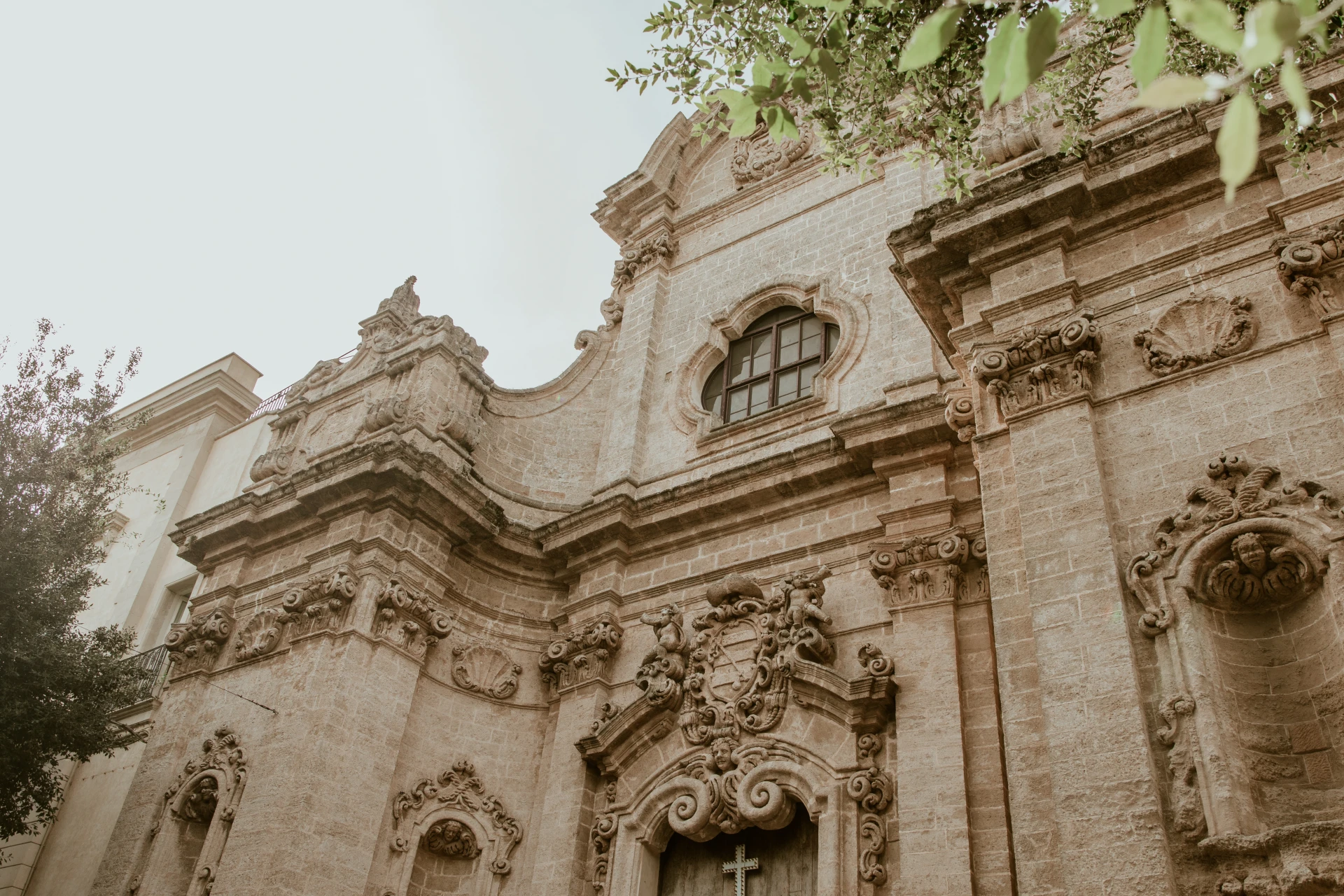
A Different Kind of Luxury
In a region often associated with sun-drenched beach clubs and glossy Instagram moments, Salentum Heritage offers something rarer: the chance to truly inhabit a place, to let time stretch out, to be surrounded by history without feeling like you’re in a museum.
The properties aren’t polished for effect. Original tiles are left in place, even where they’ve cracked. Walls are lime-washed, not repainted. Fireplaces work. Windows open. There are no cookie-cutter room layouts or staged photo ops. Each space is unique — not curated, but cared for.
And perhaps most remarkably, this isn't a hotel brand expanding its footprint. It's a family-led initiative, rooted in heritage and carried forward with purpose. After restoring Relais Il Mignano and Monastero Santa Teresa, Antonello and his French partner Celine moved their children to Nardò in 2017. In 2018, they completed the restoration of Palazzo Manieri, a grand 19th-century villa with frescoed ceilings and a garden of orange trees. It became both their home and the emotional centre of the project.
“It started with a need to manage the family heritage,” says Antonello, “but quickly became something more — a way of reviving the spirit of this place.”
 Salento Beyond the Obvious
Salento Beyond the Obvious
Salento, of course, is no secret. Its coastlines, especially near Gallipoli and Otranto, are thick with August crowds. But Nardò remains quieter, more grounded. Its baroque palazzi are softer, its piazzas filled with locals, not influencers. And it has depth — a layering of Greek, Roman, Jewish, Norman, and Spanish influence that you can still feel in the architecture, the food, even the dialects.
The Salentum project amplifies that richness. In collaboration with the local government, Antonello helped develop a cycling route that forms a scenic loop from Nardò, through the national park, and out toward the sea. Along the way, the path winds past a series of elegant, timeworn palazzi, once the summer residences of Lecce’s noble families. Their facades whisper stories of another era — long days, sea breezes, and the slow rituals of Salento summers past. It's a route where nature and history coexist quietly, inviting travellers to experience the land at a gentler pace.
“There’s a rhythm to life here,” says Antonello. “We’re not trying to speed it up — we’re inviting people to slow down with us.”
A New Model for Hospitality
Salentum Heritage isn’t just about aesthetics. It’s about sustainability, preservation, and reactivation. The properties use refillable toiletries and partner with local producers for food and wine. Some host artist residencies; others serve as venues for intimate weddings, workshops, and retreats. A growing number of guests return not just for a holiday, but to be part of the story — to witness the transformation of a place in real time.
That transformation also happens behind the scenes. In the heart of Nardò, Antonello has established a workshop dedicated to preserving and reviving traditional craftsmanship. Here, skilled artisans create and restore the architectural details that give the palazzi their soul — from carved stone cornices and stained glass to restored frescoes and ornamental metalwork. Many of the craftsmen working on Salentum properties are trained in age-old techniques like lime plastering, masonry, and façade staining. In bringing these skills back into everyday use, Antonello isn’t just restoring buildings — he’s safeguarding the cultural knowledge that once built them. It’s a living ecosystem of heritage, one that connects the past to the present with care and intention.
There’s talk of expanding to nearby towns like Galatone and Copertino, where forgotten villas are waiting for a second life. But the expansion is quiet, careful. Nothing rushed. Always on Salento time.
Because this isn’t about creating a brand empire. It’s about protecting a cultural landscape, and inviting others to experience it — slowly, meaningfully, with all the imperfections intact.
Stay
The Salentum Heritage Collection includes nine properties, most of which can be booked individually via salentumheritage.com. Fly into Brindisi or Bari, rent a car, and head south into the olive groves. Spend a day wandering the baroque streets of Nardò, then retreat to a villa courtyard for an aperitivo under the stars. There’s no itinerary needed — the land will set the pace.
